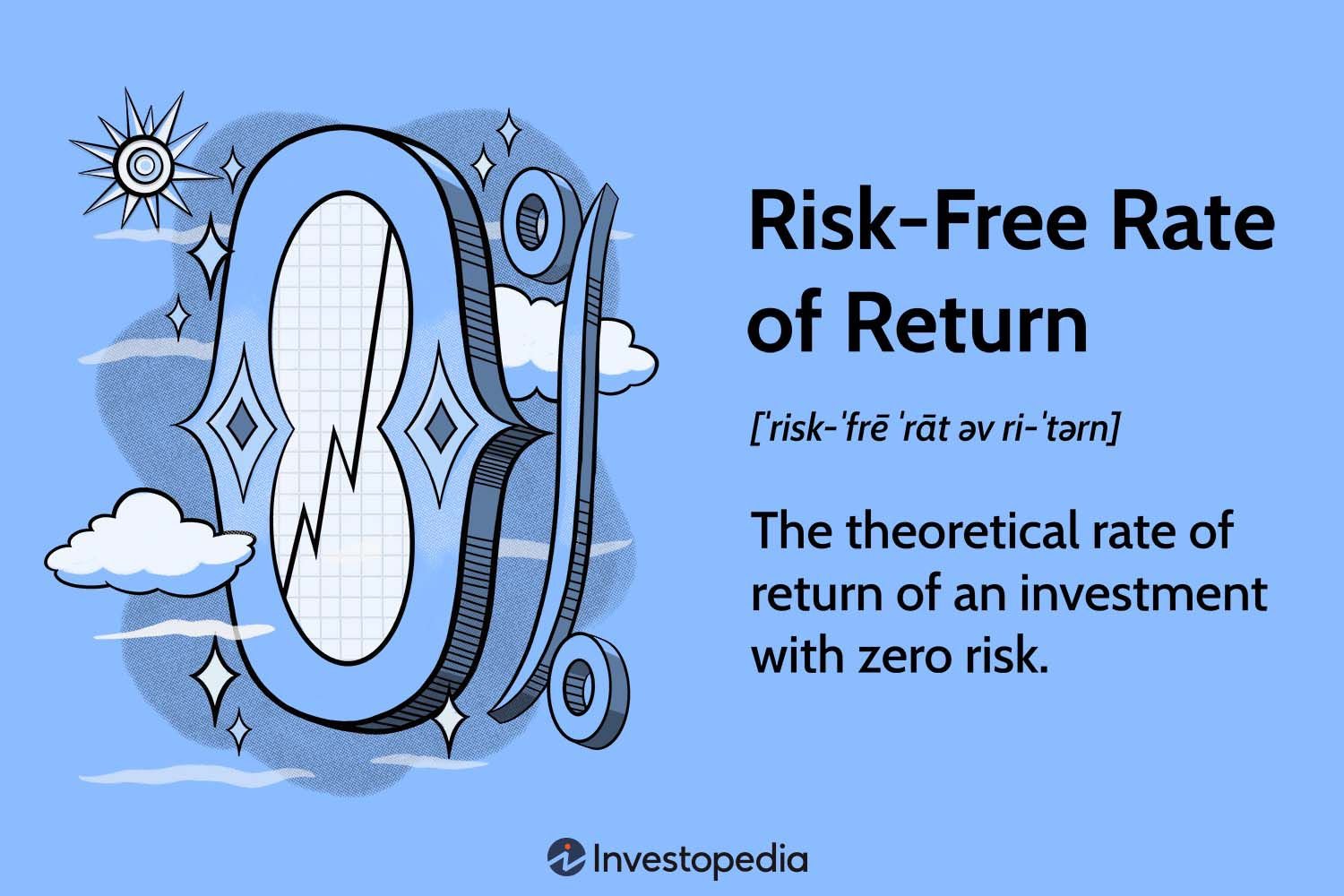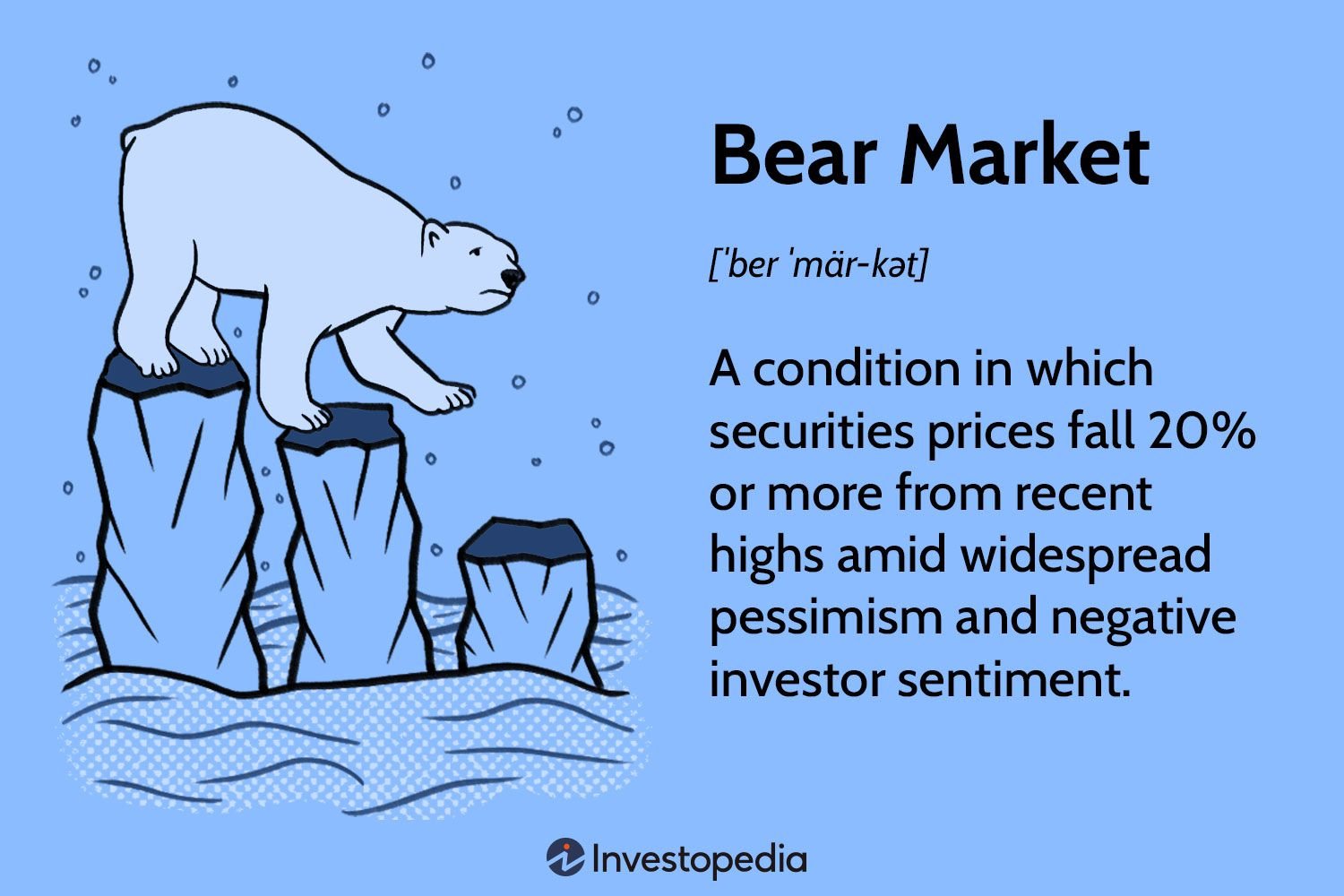Wondering what a risk-free rate in investment is? Simply put, it is the rate of return an investor can expect without taking any risk whatsoever. This rate serves as a benchmark for evaluating the performance of investments and helps investors make informed decisions. Understanding the concept of a risk-free rate is crucial in the world of finance and plays a significant role in determining the expected returns on various investment opportunities. Let’s delve deeper into this topic and explore its importance in the realm of investing.
What is a Risk-Free Rate in Investment?
Investing in financial markets can be both exciting and daunting. When considering different investment opportunities, it is crucial to evaluate the potential risks and returns associated with each option. One important component in this evaluation is the concept of the risk-free rate. In this article, we will delve into what exactly a risk-free rate is in the context of investments and why it matters.
Understanding Risk-Free Rate
The risk-free rate, as the name suggests, refers to the hypothetical rate of return an investor can earn without taking on any investment risk. It serves as a benchmark for evaluating the attractiveness of other investment opportunities. Typically, the risk-free rate is associated with investments considered to have minimal or negligible risk, such as certain government bonds.
The Importance of Risk-Free Rate
The risk-free rate plays a crucial role in investment decision-making. Here are a few reasons why it is important:
1. Benchmark for Comparison
By providing a baseline return with minimal risk, the risk-free rate allows investors to compare and assess the potential returns and risks associated with other investments. It serves as a reference point for evaluating the performance of riskier assets against a risk-free alternative.
2. Pricing Risk
The risk-free rate helps in pricing various investments by factoring in the level of risk involved. By adding a risk premium to the risk-free rate, investors can determine an appropriate return that compensates them for taking on additional risk. This approach allows for a fair valuation of investments based on their inherent risks.
3. Capital Asset Pricing Model (CAPM)
The risk-free rate is a fundamental component in the Capital Asset Pricing Model (CAPM), a widely used model for estimating the expected return on an investment. CAPM calculates the expected return based on the risk-free rate, the market risk premium, and the asset’s beta, which measures its sensitivity to market movements. Investors use CAPM to determine the appropriate level of return they should expect for a given level of risk.
Factors Influencing the Risk-Free Rate
The risk-free rate can vary depending on several factors that impact the perceived level of risk in the market. Some of the key factors include:
1. Economic Conditions
The overall economic conditions, such as inflation rates, economic growth, and monetary policy, can significantly influence the risk-free rate. For example, during periods of high inflation, the risk-free rate tends to be higher to compensate investors for the eroding purchasing power of their investments.
2. Creditworthiness of the Issuer
The risk-free rate is often associated with sovereign bonds issued by financially stable governments. Countries with strong credit ratings and low default risk tend to offer lower risk-free rates compared to countries with weaker economic fundamentals.
3. Time Horizon
The risk-free rate may be influenced by the time horizon of the investment. Short-term risk-free rates, such as those on Treasury bills, are generally lower compared to long-term risk-free rates like the yield on long-term government bonds. This difference accounts for the additional uncertainty and risks associated with longer investment horizons.
Examples of Risk-Free Rate
Different countries have their own risk-free rates based on their economic and financial markets. Here are a few examples:
1. United States
In the United States, the risk-free rate is often associated with the yield on U.S. Treasury securities. Treasury bills, which have a maturity of less than one year, are often used to represent the short-term risk-free rate, while longer-term Treasuries, such as the 10-year or 30-year bonds, are used for long-term risk-free rates.
2. Germany
Germany, known for its stable economy, uses the yield on German government bonds, specifically the 10-year bund, as a common benchmark for the risk-free rate.
3. Japan
The risk-free rate in Japan is often represented by the yield on Japanese government bonds, primarily the 10-year Japanese government bond (JGB).
Limitations of the Risk-Free Rate
While the risk-free rate is a valuable tool in investment analysis, it does have certain limitations that should be taken into consideration:
1. Assumption of Perfect Information
The risk-free rate assumes that investors have access to perfect information and can make decisions without any constraints or limitations. In reality, investors often face uncertainties and informational asymmetries that can affect the accuracy of the risk-free rate as a benchmark.
2. Market Efficiency
The risk-free rate assumes efficient markets, where all relevant information is accurately reflected in asset prices. However, in real-world markets, there can be instances of market inefficiencies that may distort the accuracy of the risk-free rate.
3. External Events and Shocks
External events and unforeseen shocks, such as financial crises or geopolitical events, can impact the risk-free rate. These events can disrupt markets and create volatility, leading to changes in the perceived risk-free rate.
4. Alternative Risk-Free Rates
Different investors may have access to different risk-free rates based on their investment options. For example, corporate bonds with high credit ratings may be considered risk-free for certain investors, leading to different risk-free rates for different individuals or institutions.
In summary, the risk-free rate is a fundamental concept in investment analysis and decision-making. It serves as a benchmark for evaluating the potential return and risks associated with other investment opportunities. Understanding the risk-free rate allows investors to gauge the attractiveness of different investments and determine appropriate returns based on the level of risk. While it has its limitations, the risk-free rate remains a crucial tool in the evaluation of investment opportunities. By considering the risk-free rate alongside other factors, investors can make more informed and prudent investment decisions.
What is a Risk-Free Rate?
Frequently Asked Questions
Frequently Asked Questions (FAQs)
What is a risk-free rate in investment?
A risk-free rate in investment refers to the hypothetical rate of return on an investment with zero risks. It is the rate at which an investor can lend or borrow money without any possibility of default. This rate is often used as a benchmark for evaluating the potential returns of other investments.
How is the risk-free rate determined?
The risk-free rate is typically based on the yield of government bonds or Treasury bills, which are considered to have negligible default risk. These rates are influenced by factors such as inflation, monetary policy, and market conditions. Central banks play a significant role in setting short-term risk-free rates.
Why is the risk-free rate important?
The risk-free rate is important because it provides a baseline for comparing the expected returns of other investments. Investors use it as a reference point to assess the risk and potential gains of various assets. It helps determine the appropriate rate of return that justifies taking on additional risk in investment decisions.
What is the relationship between risk and the risk-free rate?
There is an inverse relationship between risk and the risk-free rate. Investments with higher risk expectations typically offer higher potential returns to compensate investors for taking on additional risk. The risk-free rate represents the minimum return an investor should expect when considering an investment with no risk.
How does the risk-free rate impact asset pricing?
The risk-free rate is a key component in determining the fair value of financial assets. The expected return of an asset is often calculated by adding a risk premium to the risk-free rate. A higher risk-free rate would result in higher expected returns, which could lead to lower asset prices, assuming other factors remain constant.
What factors can affect the level of the risk-free rate?
Several factors can influence the level of the risk-free rate, including inflation expectations, central bank policies, economic conditions, and investor sentiment. Changes in these factors can cause fluctuations in the risk-free rate, impacting the valuation and attractiveness of various investment options.
How can investors utilize the risk-free rate in their investment decisions?
Investors can use the risk-free rate as a building block for determining the expected return on their investments. By adding a risk premium based on the specific characteristics and risks of an investment, investors can assess whether the potential returns outweigh the associated risks. This helps in making informed investment decisions.
Are there any risks associated with the risk-free rate?
While the risk-free rate itself is considered to have no default risk, it is not entirely risk-free in practical terms. Factors such as inflation and changes in interest rates can erode the purchasing power of the expected returns. Additionally, economic conditions and market uncertainties can affect the accuracy of the risk-free rate as a benchmark.
Final Thoughts
The risk-free rate is a fundamental concept in investment. It represents the return an investor can expect to receive with certainty, without taking on any risk. Understanding the risk-free rate is crucial for determining the appropriate discount rate in valuation models and for evaluating investment opportunities. It provides a benchmark against which the performance of other investments can be measured and helps investors assess the risk-reward trade-off they are willing to accept. By considering the risk-free rate, investors can make informed decisions about allocating their capital and managing their investment portfolios effectively. The risk-free rate in investment is a key parameter to consider, ensuring investors make sound financial decisions based on a solid understanding of the potential returns and risks involved.


